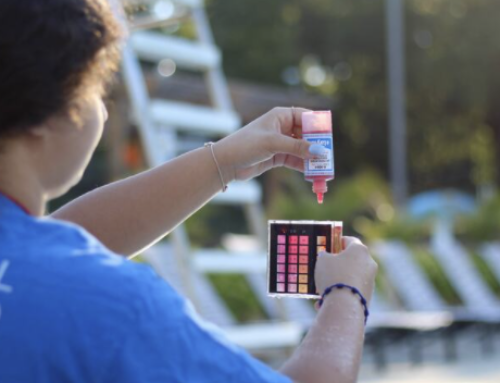Every New Year’s Day, local television stations celebrate one of the oddest holiday traditions: polar bear plunges. Amid the freezing temperatures of January, brave swimmers on beaches across the country gather to dive headlong into the ocean’s frigid waters. People young and old show up in droves to take a dive or just observe, but whatever the reason, polar bear plunges have become fixtures of the American swimming culture.
Some groups, such as New York City’s Coney Island Polar Bear Club USA, have been jumping into the freezing Atlantic for more than 100 hundred years, but does that make it a harmless tradition, or could cold water have serious health effects on unsuspecting swimmers? Are swimmers are putting themselves in danger without even knowing it?
Ice, ice, baby
One of the first – and most predictable – questions most people ask when they first hear about polar bear plunges is, “Why?” Some people enjoy the camaraderie of jumping into the ocean with hundreds of like-minded people, while others swear by the health benefits of regular cold water dousings. Whatever the reason, the physical experience of submerging yourself in ice-cold water is undeniable.
“This is really quite potentially one of the most profound physical responses you can initiate,” Michael Tipton, Ph.D., professor of physiology at the University of Portsmouth in England, told ABC News.
Tipton explained that the trademark boost of energy that most polar bears believe comes from the invigorating effects of the wintry ocean water is actually just a rush of adrenaline released by the body in reaction to the extreme cold temperature. Adrenaline causes all the arteries and veins of your cardiovascular system to expand, which increases blood flow for a short time, giving your skin a red glow. The cold temperature also affects your respiration.
“You get a very, very powerful drive to breathe and an inability to breath-hold,” Tipton said.
Is it safe?
Because of the combined effects on the respiratory and cardiovascular systems and the rapid rate that each of these systems are affected, David Frid, M.D., a cardiologist at the Cleveland Clinic, told CNN that most people aren’t aware that they might be compromising their health by participating in events like these.
“The biggest problem I see with these clubs is that people participate in them without having made sure, from a health perspective, that it’s clear sailing,” Frid said.
With dilated blood vessels and increased respiratory rate, Frid explained that the heart is placed under extreme duress. Swimmers with histories of hypertension, diabetes or other forms of heart disease may be at risk of a cardiac event. Also, because cold water can inhibit muscle control, swimmers may not have the strength to move themselves to a safe, dry area. In these conditions, drowning can occur in only a few feet of water.
Protect your patrons
Even though polar bear plunges are almost exclusive to ocean swimming, it’s important that everyone knows what rapid temperature shifts pose for their health. Tipton explained to CNN that any warm water source followed by an extremely cool one can place swimmers at risk.
“If you stay in a warm bath for too long, you’ll stand up and feel faint because now all of the blood is going to the skin to cool you, and that doesn’t leave sufficient blood to circulate around the heart and the brain and maintain blood pressure,” Tipton explained.
Alcohol is also a vasodilator, so it multiplies the harmful effects of vasodilation in swimmers who jump into cold sources of water immediately after warming up.
It’s fine if your people are interested and want to participate in polar bear plunges, but it’s important that they know the health risks.





